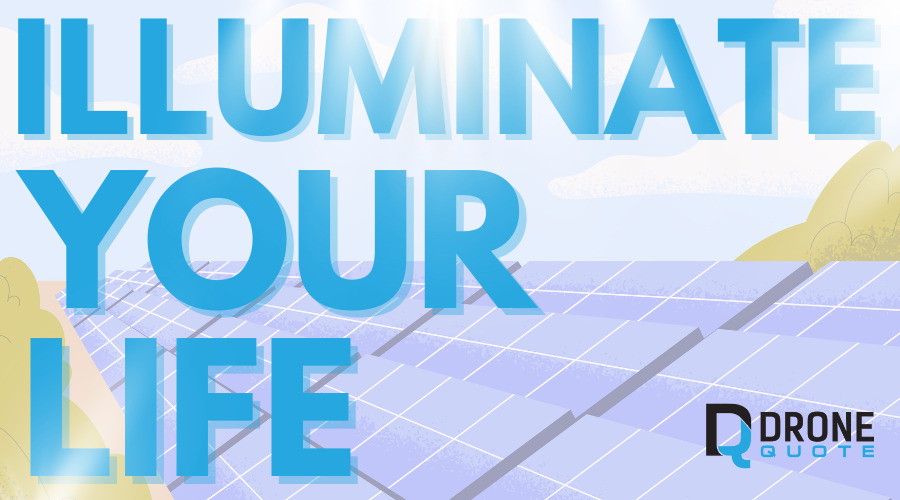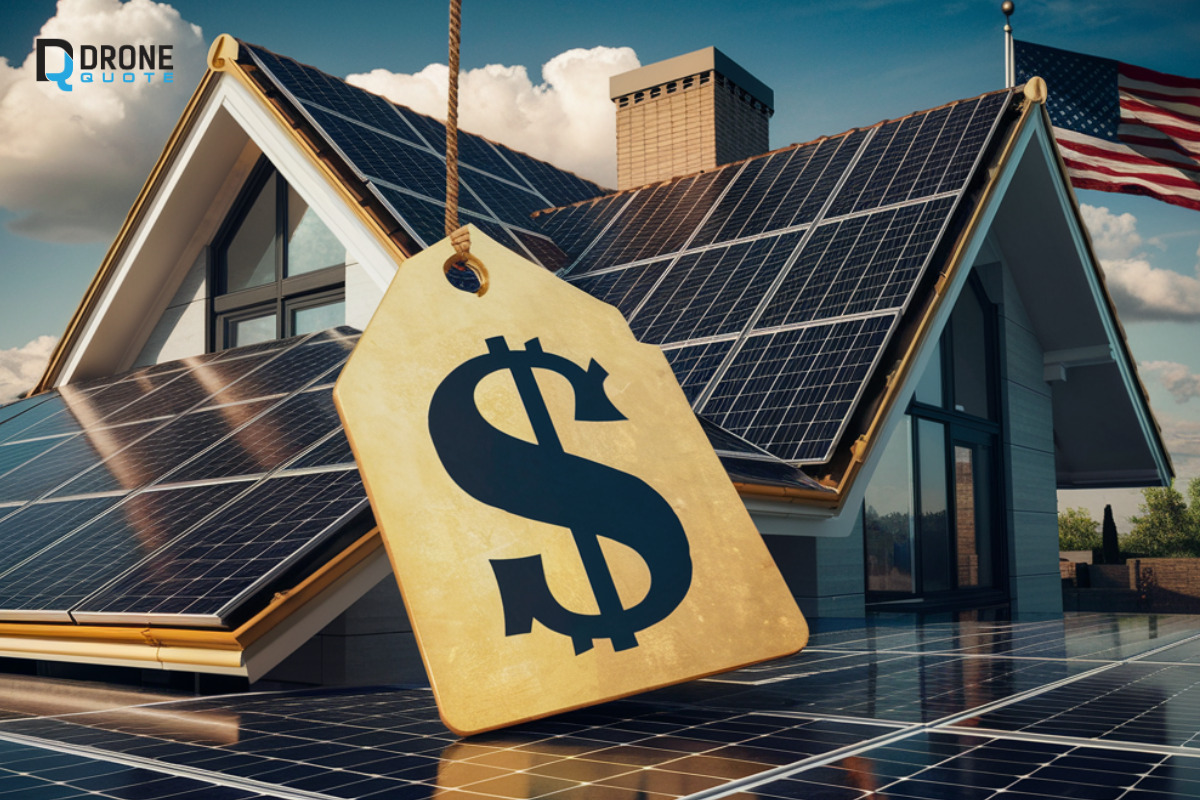Solar Panel Price in 2024: Sunshine on a Budget:
Are you thinking about harnessing the sun’s power for your home? Solar panels are a fantastic option, but with so many questions swirling around, it’s easy to feel overwhelmed. Let’s tackle some of the most common burning questions and shed light on a bright future with solar!
Key Takeaways
| Solar panels are becoming increasingly affordable, making them a more accessible option for homeowners. |
| The cost of a solar panel system depends on various factors, such as size, brand, and installation needs. However, tax breaks and incentives can significantly offset the upfront cost. |
| Consulting a qualified solar installer is crucial to determining the right system size for your needs and location. This ensures you generate enough power to meet your energy goals. |
| Solar power offers significant long-term benefits beyond the initial cost |
The Average Solar Panel Prices in 2024
Gone are the days of solar panels being an out-of-reach luxury. The average cost per watt has dropped significantly, making solar a more accessible option than ever. As of 2023, you’re looking at around $2.80 per watt.
However, the final price tag can vary depending on your system’s size, brand components, and any necessary roof work. Don’t forget to factor in potential savings! Tax breaks and other incentives can significantly offset the initial cost.
Right-Sizing Your Solar System: How Many Panels Do You Need?
Consulting with a qualified solar installer is crucial for accurately determining the solar panel system of the right size for your home’s specific needs and location. They can assess your energy usage, roof layout, and sun exposure to create a customized plan that meets your energy goals. Contact us at DroneQuote to get your quote on the appropriate number of panels for your house now!
1. Energy Usage (kWh):
This is the foundation for your solar panel needs. It reflects how much electricity your household typically consumes monthly (measured in kilowatt-hours or kWh). You can find this number on your electricity bill. The higher your kWh usage, the more solar panels you’ll likely need to generate enough power to offset your consumption.
Example: If your average monthly electricity usage is 1,000 kWh, you’ll need a system that can generate at least that much electricity per month to achieve net metering (selling excess power back to the grid).
2. Panel Wattage:
Solar panels are rated by wattage, representing their power output under ideal conditions. Higher-wattage panels generate more electricity per unit, allowing you to cover the exact energy needs with fewer panels. This can be a space saver, mainly if your roof has limited area. However, higher-wattage panels typically come at a higher cost per watt.
Example: Suppose you need a system that generates 1,000 kWh per month. You could choose 20 x 50-watt panels or 10 x 100-watt panels. Both options would provide the same total output (1,000 watts), but the 10 higher-wattage panels would take up less space on your roof.
3. Location & Sunlight:
Sunshine hours and your roof’s orientation significantly impact how much power your solar panels can generate. Here’s how these factors play in:
-
- Sunshine Hours: Areas with more sunshine hours per day will naturally generate more electricity with the same system size compared to areas with less sunlight.
-
- Roof Orientation: A south-facing roof receives the most direct sunlight throughout the day, maximizing power output. East or west-facing roofs will still generate power but with some efficiency loss. North-facing roofs are generally not ideal for solar panels.
-
- Shading: Trees, chimneys, or other structures casting shadows on your roof will reduce the panel’s efficiency and power generation.
4. Energy Goals:
What do you hope to achieve with your solar panel system? Here are two common goals:
-
- Net Metering: This is where your solar panels offset your electricity usage. You’ll still be connected to the grid but purchase less electricity, resulting in lower bills. The system size needed will depend on how much of your electricity usage you want to offset.
- Going Off-Grid: This is a more complex setup in which you aim to be completely independent of the grid and rely solely on solar power. It requires a more extensive solar panel system with additional components like battery storage to ensure you have power during nighttime or cloudy days.
Solar Panel Cost: Why Can Solar Seem Expensive?
Solar power offers a fantastic way to harness clean energy and save money on electricity bills. However, the upfront cost of a solar system can seem daunting compared to your monthly utility payment. Let’s delve deeper into the factors affecting the cost of solar and shed some light on how it can still be a worthwhile investment.
Breaking Down the Cost of Solar
-
-
Solar Panel Cost (per watt): This is the solar panels’ base price. Prices have steadily decreased (“average cost of solar panels”), making solar more accessible. However, the cost can vary depending on the type of panel (monocrystalline, polycrystalline, thin-film) and its efficiency (“efficient solar panels”). Higher efficiency panels might have a higher per-watt cost but generate more power, potentially requiring fewer panels (“number of panels”) in your system.
-
-
-
Solar System Cost: This encompasses the total cost of installing a solar energy system (“solar power system”) in your home. It includes the solar panels (“cost of solar panels”), but also factors in:
-
- Installation Cost: The labor and expertise required to “install solar panels” on your roof.
-
- Solar Equipment: Other hardware needed for the system to function, like inverters, mounting systems, and wiring (“solar equipment”).
-
- Additional Costs: Potential roof repairs or electrical upgrades needed before installation (“installation cost”).
-
-
-
-
Financing Options: The upfront cost of a solar system can be significant. However, many “solar companies” offer financing options like “solar loans” to help spread the cost over time.
-
Beyond the Initial Cost
Solar panels might seem like a significant investment upfront, but the long-term benefits are undeniable! Let’s bask in the glow of these positive aspects of going solar:
Financial Sunshine:
-
-
Federal Solar Tax Credit: Uncle Sam lends a helping hand! The US government offers a substantial “federal solar tax credit” to incentivize homeowners to switch to solar energy. This credit can significantly reduce the overall cost of your “residential solar system” installation, making solar a much more attractive option.
-
-
-
Long-Term Savings: Think beyond the initial “solar panel installation” cost. Once your system is up and running, you’ll generate clean, renewable energy that can dramatically slash your electricity bills. Over time, the consistent savings on electricity can easily outweigh the upfront cost. Imagine the joy of seeing those monthly bills shrink!
-
-
-
Increased Home Value: Solar panels are a badge of honor for your home! Many potential buyers see them as a symbol of energy efficiency and environmental consciousness. Studies indicate that homes with solar panels can sell faster and potentially fetch a higher price than similar homes without. So, going solar can be an intelligent investment that boosts your home’s value.
-
A Brighter Future:
-
-
Clean Energy Champion: You’re actively contributing to a cleaner and more sustainable future by choosing solar. Solar energy is a renewable resource that doesn’t produce harmful emissions, making it a responsible environmental choice.
-
-
-
Energy Independence: Imagine being less reliant on the traditional electricity grid. With a properly sized “residential solar system,” you can potentially generate a significant portion of your own electricity needs. This translates to less dependence on fluctuating utility prices and a sense of empowerment over energy consumption.
-
-
-
Peace of Mind: Many reputable “solar companies” offer warranties on both the “monocrystalline solar panels” or “thin-film solar panels” themselves and the installation work. This means you can enjoy peace of mind knowing your investment is protected. Additionally, some systems can be “solar batteries” to store excess energy generated during the day, providing backup power during outages.
-
Making it Happen:
The good news is that with so many “best solar companies” out there, finding the right fit for your needs is easier than ever. Do your research, get quotes from multiple qualified installers, and consider factors like efficiency, system size, and available “solar incentives” in your area.
By embracing the long-term benefits of solar, you can make a sound investment in your home, your wallet, and the planet! So, harness the sun’s power to brighten your future.
With so many “solar companies” and “types of solar panels” available, it’s crucial to do your research. Here are some tips:
-
- Get Quotes: Get quotes from multiple reputable “solar installers” to compare prices and find the best fit for your needs.
-
- Consider Efficiency: Look for “efficient solar panels” that generate more power with fewer panels, potentially saving you space and money.
- Factor in Incentives: Research available “solar incentives” like tax credits and rebates in your area to reduce the cost.
Before You Go Solar: Are There Better Options?
The best way to save on electricity is to use less of it! Here are some energy-saving strategies to consider before going solar:
-
- Be Light Savvy: Replace traditional bulbs with efficient LEDs and turn off unnecessary lights.
-
- Pool Power Upgrade: Invest in a variable-speed pool pump for significant energy savings.
-
- Heating & Cooling Hacks: Layer up or use a space heater instead of cranking the heat. Insulate your home and consider a whole house fan for efficient cooling.
Conclusion
By reducing your energy consumption, you might not need an extensive (or any!) solar panel system, saving you thousands upfront. However, solar panels can be a fantastic long-term investment if you’re ready to harness the sun’s power!

Illuminate Your Life
Empowered with this knowledge, take the next step towards a brighter future! Don’t be discouraged by the initial cost of solar panels. This blog has equipped you with the knowledge to make an informed decision. Now, it’s time to translate that knowledge into action. Sign up to learn more.
Frequently Asked Questions (FAQ) about Solar Panels
1. Are there any solar incentives available?
Yes, there are various incentives to encourage solar installation. One of the most popular incentives is the federal solar tax credit, which allows homeowners to deduct a percentage of the solar system cost from their federal taxes.
2. How do I determine the type of solar panels suitable for my home?
When deciding on the type of solar panels to install, factors such as your solar energy needs, budget, and available space must be considered. Common types include monocrystalline panels and polycrystalline panels, each with advantages.
3. What is the average cost of solar panels worth in terms of long-term savings?
While the initial cost of solar panels may seem high, they offer significant savings on electricity bills over their lifespan. Calculating how much you can save on electricity using solar energy can help determine whether the investment is worthwhile.

